When the clouds clear, the moon shines, the wind blows, and the star shine (구름이 걷히니 달이 비치고 바람 부니 별이 빛난다)
14.5Km 2024-11-25
281 Eulji-ro, Jung-gu, Seoul
+82-1511-1938
"When the clouds clear, the moon shines, the wind blows, and the star shine" is the first immersive media art exhibition by Kansong Art & Culture Foundation, presenting traditional Korean art, the foundation of K-culture, with a modern flair. Iconic traditional works like Miindo, A Beautiful Woman by Sin Yun-bok and Gwandong Myeongseungcheop by Jeong Seon, are reinterpreted using graphic motion, LiDAR sensors, and kinetic art. Each exhibition room features a unique scent and sound effect, offering a multi-sensory experience to visitors.
Gwanghuimun Gate (광희문)
14.5Km 2021-02-24
344, Toegye-ro, Jung-gu, Seoul
+82-2-3700-3900
Gwanghuimun Gate is said to have been originally constructed in 1396, the 5th year of King Taejo, at the southeast of the capital city. It was often referred to as Sugumun Gate (water channel gate) and was actually used as a Sigumun, literally meaning “corpse gate,” as funeral processions passed through this gate when exiting to the east.
During the Imjin War (1592-1598), the fortress gate was destroyed to such a degree that it made finding the original location close to impossible. Nevertheless, reconstruction efforts were started in 1711 (37th year of King Sukjong) and the gate was restored together with the gate's watchtower. Gwanghuimun Gate remained intact even when the fortress walls were demolished to build tram tracks during the Japanese occupation, but it was later damaged during the Korean War and left neglected. In 1975, restoration work was carried out to relocate Gwanghuimun Gate to a site 15 meters south of its original location since it stood in the middle of the road.
Namdong Street of Lights (남동 빛의 거리)
14.5Km 2025-06-09
Mansu-dong, Namdong-gu, Incheon
82+32-453-2143
Namdong Street of Lights not only offers spectacular scenery highlighting local charms, but also provides a variety of entertainment such as busking performances, local arts, and more to offer a leisurely retreat for the local residents and tourists alike.
Olive Young - Yaksu Station Branch [Tax Refund Shop] (올리브영 약수역)
14.5Km 2024-04-22
189, Dongho-ro, Jung-gu, Seoul
-
Olens - Yaksu Branch [Tax Refund Shop] (오렌즈 약수)
14.5Km 2024-04-23
#103, 117, Dasan-ro, Jung-gu, Seoul
-
Heunginjimun Gate - Dongdaemun Gate (흥인지문)
14.5Km 2024-10-10
288, Jong-ro, Jongno-gu, Seoul
+82-2-2148-1842
Heunginjimun Gate was built to protect Hanseongbu, which historically housed essential government facilities. Heunginjimun Gate was the gate on the east side of the outer wall of Seoul Fortress among eight gates. It is referred to as Dongdaemun Gate as well. The gate was constructed during King Taejo’s 5th year in 1396, remodeled during the reign of King Danjong in 1453, and was newly built in 1869 during the sixth year of King Gojong’s reign in 1869.
The gate features a hipped roof with five front and two side compartments on a two-storied building. The thin and weak bracket system supports the eaves and is excessively decorated, reflecting the construction features of the late Joseon period. Also, outside of the fortress is the half-circle-shaped Ongseong, a small wall, to protect the gate.
One of the unique factors of Heunginjimun Gate is that it is the only gate among Seoul’s eight to have Ongseong, further exhibiting the style of construction used during the late Joseon period.
Dongdaemun Design Plaza (동대문디자인플라자 (DDP))
14.5Km 2024-10-24
281 Eulji-ro, Jung-gu, Seoul
+82-2-2153-0000
Dongdaemun Design Plaza (DDP) has a meaning of Dream, Design, and Play. It holds various exhibitions, fashion shows, forums, conferences, and other domestic and international events. The building complex is divided into sections, which are named Allimteo, Beaumteo, Sallimteo, DDP Design Museum, Design Market & Eoullim Plaza, and Dongdaemun History & Culture Park. Designed by world-renowned architect Zaha Hadid, the building's exterior attracts the attention of many photographers with its delicate curves and bold shapes.
European Christmas Market (유러피언 크리스마스 마켓)
14.5Km 2024-12-03
B1 Samseongyo-ro, Seongbuk-gu, Seoul
+82-2-2241-6381
European Christmas Market aims to exchange and promote cultural values with international visitors and local residents by celebrating Christmas according to its area of origin, Europe. Visitors can experience European Christmas through food, music, performances, and other enjoyable events.
Jeju Hayeong - Main Branch (제주하영 본점)
14.5Km 2023-09-21
157, Dongguk-ro, Ilsandong-gu, Goyang-si, Gyeonggi-do
+82-507-1396-8092
Jeju Hayeong is a traditional Korean restaurant located not in Jeju Island but inIlsan, Gyeonggi-do. Fresh Cutlassfish are flown directly from Jeju Island and served a whole fish in a grilled or braised form. For guests wanting to try all the different types of fishes, the restaurant has a set menu for the number of guests at a reasonable price.
Dongdaemun History & Culture Park (동대문역사문화공원)
14.5Km 2024-11-27
281 Eulji-ro, Jung-gu, Seoul
Dongdaemun History & Culture Park is a park established on the former site of the Dongdaemun Stadium. It serves as a thematic park showcasing the history and culture of Seoul, while also providing a space to experience modern design and culture. During the park's development in 2008, numerous artifacts from the Joseon dynasty, including The Two Floodgates, the Chiseong Castle, Military Training Agency, and over 1,000 relics from the Joseon era, were excavated. Alongside the park, there is the Dongdaemun Design Plaza (DDP) and the Relic area.
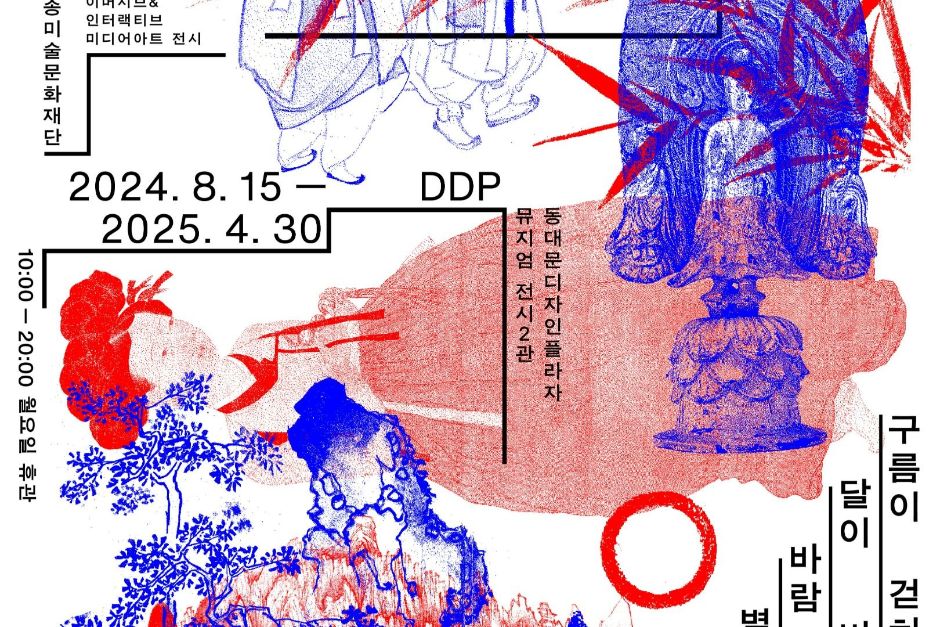
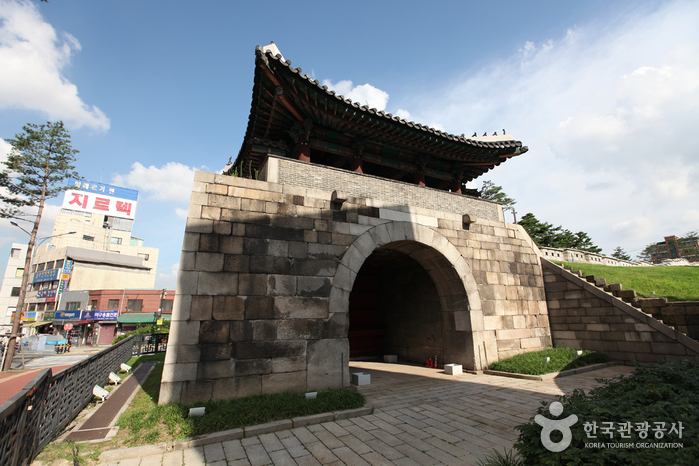
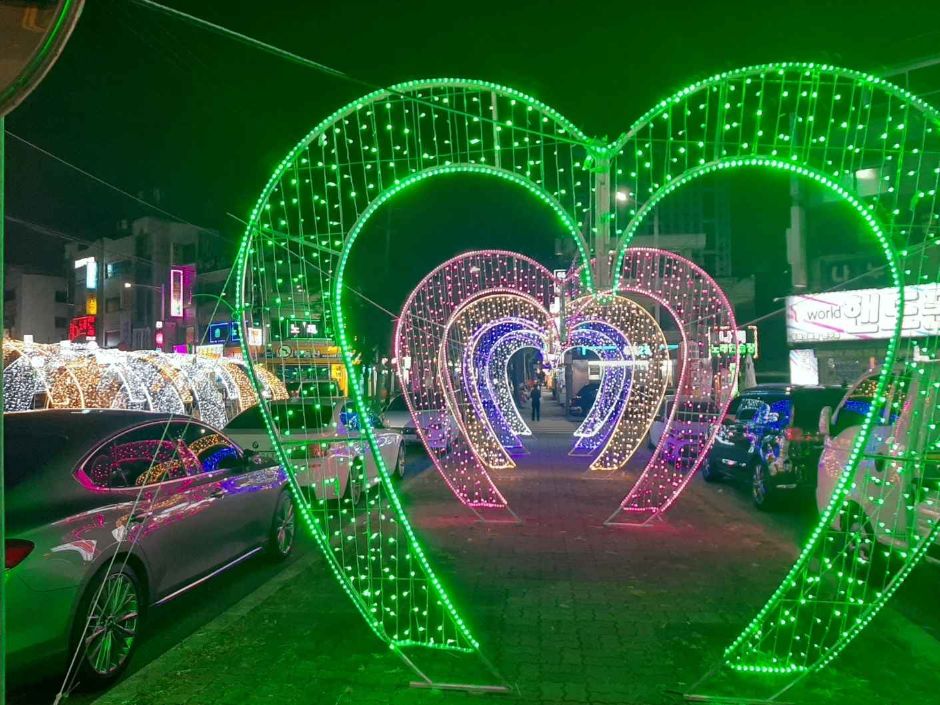
![Olive Young - Yaksu Station Branch [Tax Refund Shop] (올리브영 약수역)](http://tong.visitkorea.or.kr/cms/resource/83/2889583_image2_1.jpg)
![Olens - Yaksu Branch [Tax Refund Shop] (오렌즈 약수)](http://tong.visitkorea.or.kr/cms/resource/53/2889253_image2_1.jpg)
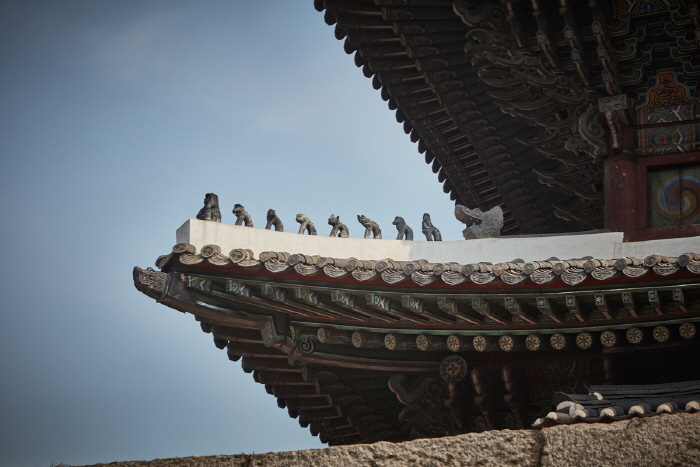

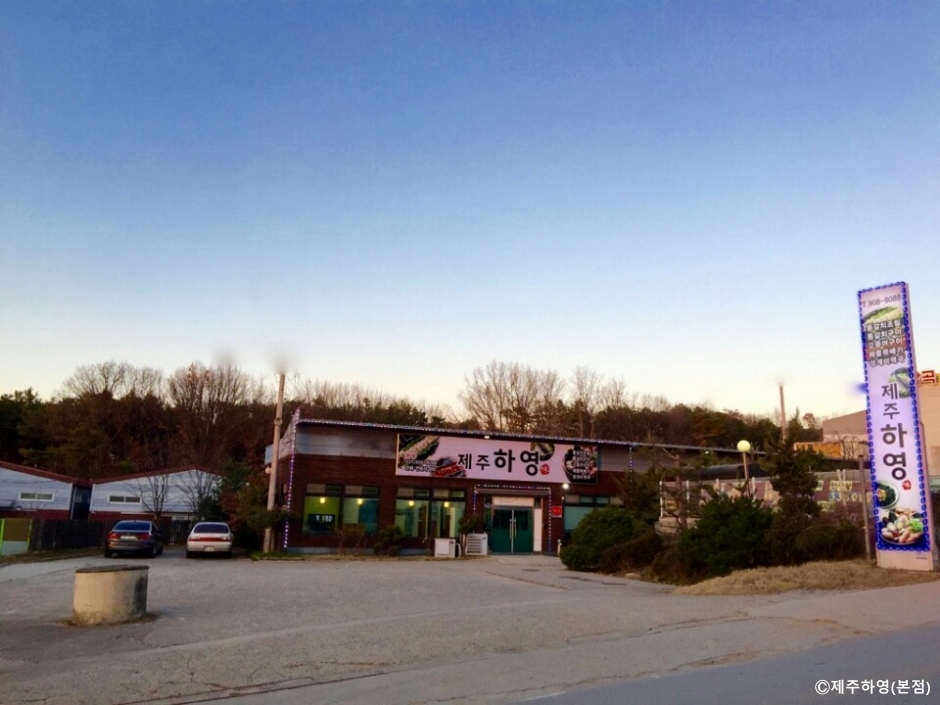
 English
English
 한국어
한국어 日本語
日本語 中文(简体)
中文(简体) Deutsch
Deutsch Français
Français Español
Español Русский
Русский